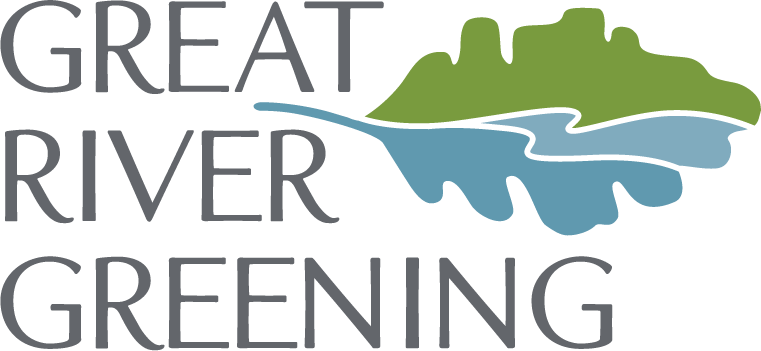Project Highlight: Blaine Wetland Sanctuary
Northern part of Blaine Wetland Sanctuary. Photo by Amy Kilgore.
Last December, the City of Blaine won the 2020 Anoka County Outstanding Conservationist award for its 800 acres of dedicated open space throughout the city, with the Blaine Wetland Sanctuary comprising over 500 acres of that space. In partnership with the City of Blaine, Great River Greening’s restoration work on the southern half of the Blaine Wetland Sanctuary begins this year, continuing on from the northern and central parts of the sanctuary.
During spring and summer, our crews will control the invasive species that threaten the growth of native vegetation. With prescribed burns and over-seeding with native herbaceous species, this area will thrive and provide important habitat for birds and wildlife. The protected open space is a refuge for rare plants.
In recent years, Great River Greening has supported the City of Blaine in its difficult task of turning once ignored and undesired wetlands into a vibrant and unique community resource.
Signage at Blaine Wetland Sanctuary. Photo by Amy Kilgore.
The City of Blaine originally began this restoration project in the 1980s. In 2000, Blaine residents approved a bond referendum to purchase open space property throughout the city. Additionally, a portion of the bond proceeds went toward the creation of what is now known as the Blaine Wetland Sanctuary.
Due to the diligent work of the City of Blaine’s staff, municipal authorities and partners, the City has developed greenway corridors, opportunities to protect and restore biological diversity, and outdoor education and recreational resources through the Blaine Wetland Sanctuary.
This project is supported in part by the Outdoor Heritage Fund through the Metro Big Rivers grant, and by the Minnesota Environment and Natural Resources Trust Fund as recommended by the Legislative-Citizen Commission on Minnesota Resources (LCCMR).


